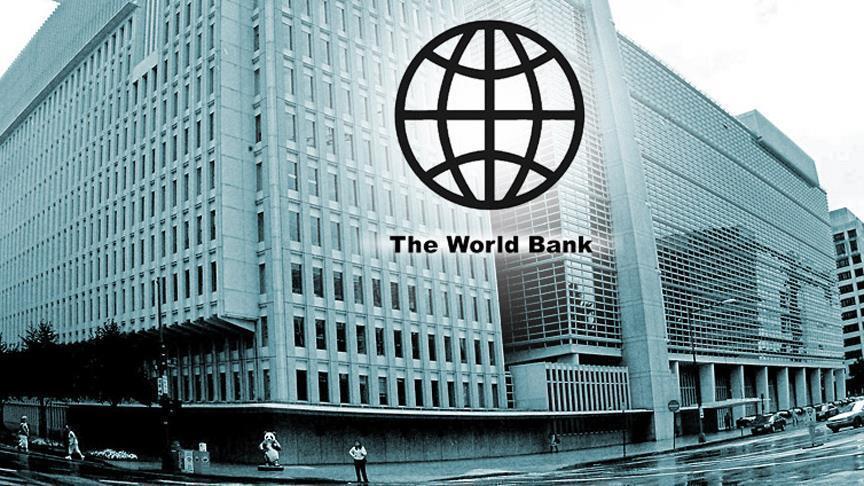FT Online
Published:2019-10-08 02:48:43 BdST
Bangladesh needs traditional and new solutions to end poverty: WB
Bangladesh has made significant progress in improving living conditions in recent years and needs traditional and new solutions to end poverty, according to a World Bank report released Monday.
The improvement in recent years has mostly been driven by labur income, noted the report, Bangladesh Poverty Assessment. About 8 million Bangladeshis exited poverty between 2010 and 2016, it said.
While the pace of economic growth increased since 2010, the rate of poverty reduction declined. Also, poverty reduced unevenly across the country.
Since 2010, the historical gap in poverty between eastern and western divisions re-emerged. In the west, poverty increased in Rangpur division, stagnated in Rajshahi and Khulna, while in the east, poverty declined moderately in Chattogram, and rapidly in Barishal, Dhaka, and Sylhet.
“The progress that Bangladesh has made in reducing poverty in the last decade is remarkable,” said Mercy Tembon, World Bank Country Director for Bangladesh and Bhutan.
“But, with one out of four people still living in poverty, the country needs to do more, especially in addressing the new frontiers of poverty. For example, tackling urban poverty is critical since at current trends more than half of the poor in Bangladesh is projected to live in the urban areas by 2030.”
During the same period, rural areas accounted for about 90 percent of the poverty reduction in the country. There was little poverty reduction in urban areas and the share of urban people living in extreme poverty remained the same.
This has slowed the national progress in poverty reduction.
Industry and services, not agriculture, mostly led poverty reduction in rural areas. Agriculture growth was slower and less poverty reducing than before.
In urban areas, manufacturing, in particular the garments sector, led the poverty reduction. However, slowing down of job creation in manufacturing limited the share of families who could benefit.
Also, poverty rates among self-employed in the service sector increased, creating a setback on urban poverty reduction.
“The report highlights that traditional drivers of poverty played a role, but also notes the limits of some of these drivers in bringing about progress,” said Maria Eugenia Genoni, World Bank Senior Economist and report co-author.
“Further, to achieve its vision of upper middle-income country by next decade, Bangladesh can build on its own experience of innovative policy experimentation to tackle poverty in a more sophisticated and urbanised economy.”
Since the country is facing new and re-emerging frontiers of poverty reduction—urban poverty and a re-emerging east-west divide—the report advocates that by adopting traditional and fresh solutions, Bangladesh can reduce poverty faster.
AHM Mustafa Kamal, Minister of Finance, was the chief guest at the event, where the policy makers, civil society, private sector and media representatives joined.
Unauthorized use or reproduction of The Finance Today content for commercial purposes is strictly prohibited.


